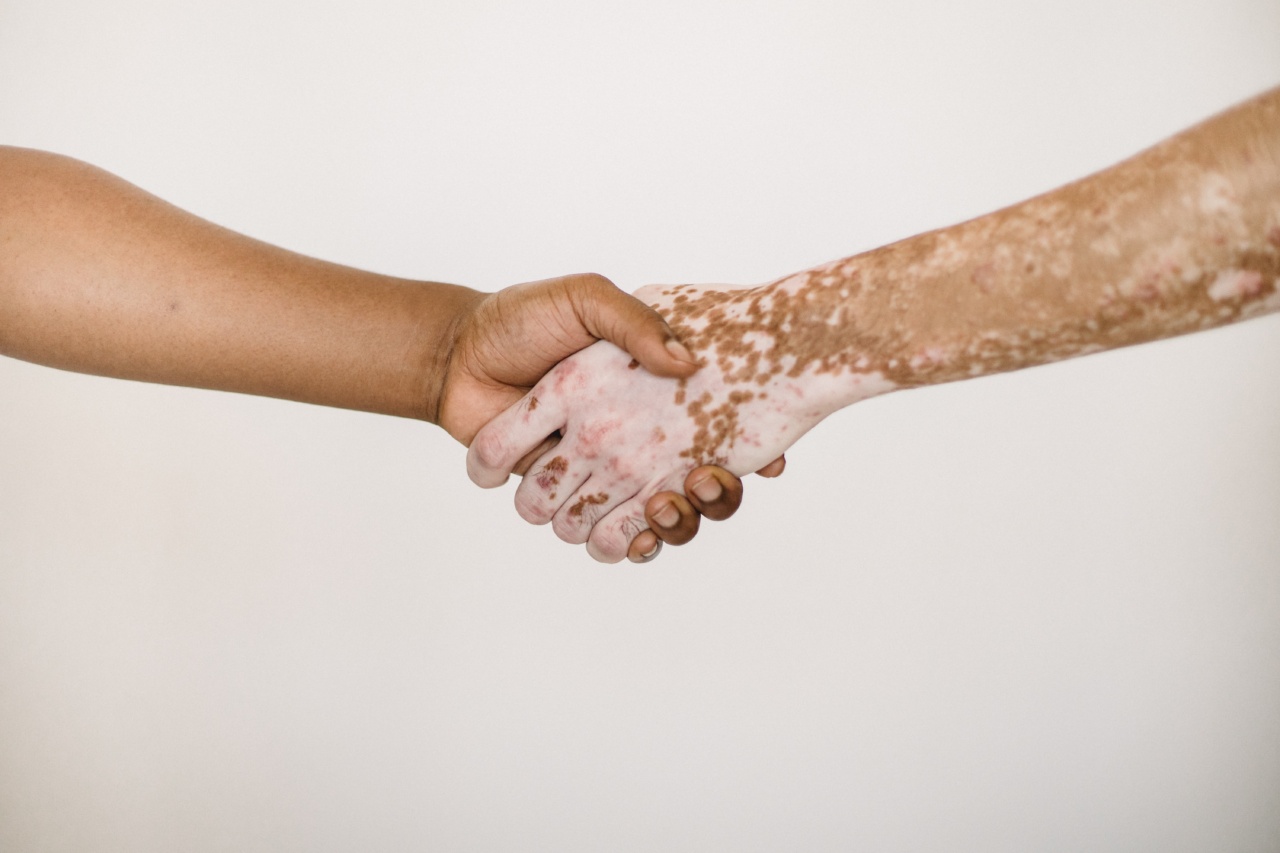As winter approaches, many individuals dread the season of colds and flu. The common cold affects millions of people each year, causing discomfort, missed workdays, and general inconvenience.
However, what if there was a way to predict your vulnerability to catching a cold? In recent years, researchers have discovered a surprising link between contact lenses and the ability to predict one’s susceptibility to respiratory infections such as colds. This groundbreaking research could potentially revolutionize the way we approach preventive healthcare and provide valuable insights into individual health assessments.
The Science behind the Connection
The concept of using contact lenses to predict vulnerabilities to illnesses might seem unusual at first glance. However, it is rooted in the correlation between the eyes and the respiratory system.
The conjunctiva, a thin membrane covering the front of the eye, is not only responsible for producing tears but also acts as a barrier against external pathogens. In cases of respiratory infections, such as colds, the virus can be present in tears, making the eyes a potential source for diagnosis.
Scientists have been studying the composition of tears to gain insights into overall health and disease susceptibility.
Tears are composed of various substances, including antibodies, enzymes, and other immune system components, making them an interesting window into our well-being. By analyzing the tear composition, researchers can potentially identify specific immune markers indicative of vulnerabilities to respiratory infections.
The Advantages of Contact Lens-Based Analysis
Contact lenses offer several advantages in the context of analyzing tear composition. For starters, the lenses act as a convenient collection platform, allowing for easy retrieval of the tears required for analysis.
Additionally, contact lenses provide a long-term sampling window, eliminating the need for repeated tear collection. This extended sampling period can offer valuable insights into an individual’s health trends, ensuring a more accurate prediction of vulnerability to respiratory infections.
Furthermore, contact lenses allow for continuous monitoring of tear composition, enabling real-time tracking of changes in immune markers.
This virtually instantaneous analysis could provide valuable early warning signs for individuals who may be at higher risk of catching a cold. By detecting these changes sooner rather than later, healthcare professionals and individuals can take proactive measures to prevent the onset of the infection and lessen its severity.
The Role of Wearable Technology
In recent years, wearable technology has gained popularity across various fields, providing valuable insights into various aspects of human health. Contact lenses embedded with biosensors are a prime example of this innovation.
By incorporating biosensors into contact lenses, researchers can detect and measure specific substances present in tears. These smart lenses can capture data such as glucose levels in diabetics or allergens present in individuals suffering from allergies.
In the case of respiratory infections, these biosensors can help identify immune markers indicative of vulnerability to colds.
Wearable technology is rapidly evolving, and contact lenses embedded with biosensors are still in the experimental stage. However, preliminary studies have shown promising results.
Researchers envision a future where contact lenses not only correct vision but also act as an early warning system for potential health risks, including colds and other respiratory infections.
Potential Implications and Benefits
The ability to predict one’s vulnerability to respiratory infections, such as colds, can have numerous implications for both individuals and healthcare systems.
By identifying those at higher risk, healthcare professionals can recommend preventive measures tailored to each individual’s specific needs. This individualized approach could significantly reduce the overall burden of illness during the cold and flu season.
Additionally, early detection of vulnerabilities could lead to more proactive healthcare strategies.
Individuals who are identified as high-risk could be prescribed antiviral medications or immune-boosting supplements to strengthen their defenses against potential respiratory infections.
From a public health perspective, contact lens-based prediction models could aid in resource management.
By anticipating higher incidences of colds and respiratory infections in specific regions, healthcare systems can allocate appropriate resources, such as vaccines, to limit the spread of these illnesses. This targeted approach could potentially reduce hospitalizations and alleviate strain on healthcare facilities.
Limitations and Challenges
Despite the potential benefits, there are several factors to consider when exploring the use of contact lenses as predictive tools for cold susceptibility.
Firstly, the implementation of wearable technology in contact lenses requires extensive research and development, ensuring the accuracy and reliability of the sensors. Additionally, the cost of smart contact lenses may be a limiting factor, hindering accessibility for the wider population.
Ethical and privacy concerns surrounding the collection and usage of personal health data are also crucial to address.
Measures must be in place to protect individuals’ privacy and ensure proper consent is obtained before collecting and analyzing tear composition data.
Furthermore, it is crucial to acknowledge that tear composition analysis, even if accurate, cannot provide foolproof predictions of cold susceptibility.
Other factors such as personal hygiene practices, exposure to infected individuals, and overall health contribute to the risk of catching a cold. Implementing contact lens-based prediction models should be seen as a complementary approach rather than a standalone solution.
The Future of Contact Lens-Based Predictive Healthcare
As technology continues to advance, the potential applications of contact lens-based predictive healthcare are vast.
These smart lenses have the potential to revolutionize the way we approach preventive healthcare, allowing for personalized and proactive interventions tailored to individual needs. While there is still progress to be made, the future holds exciting possibilities for this promising field.
Conclusion
The link between contact lenses and the prediction of an individual’s vulnerability to respiratory infections, such as colds, presents a fascinating area of research.
Tear composition analysis and biosensor technology have the potential to provide valuable insights into an individual’s health status and susceptibility to illnesses. While there are challenges to overcome, such as cost and privacy concerns, the benefits of early detection and individualized preventive measures hold great promise for both individuals and public health systems.






























